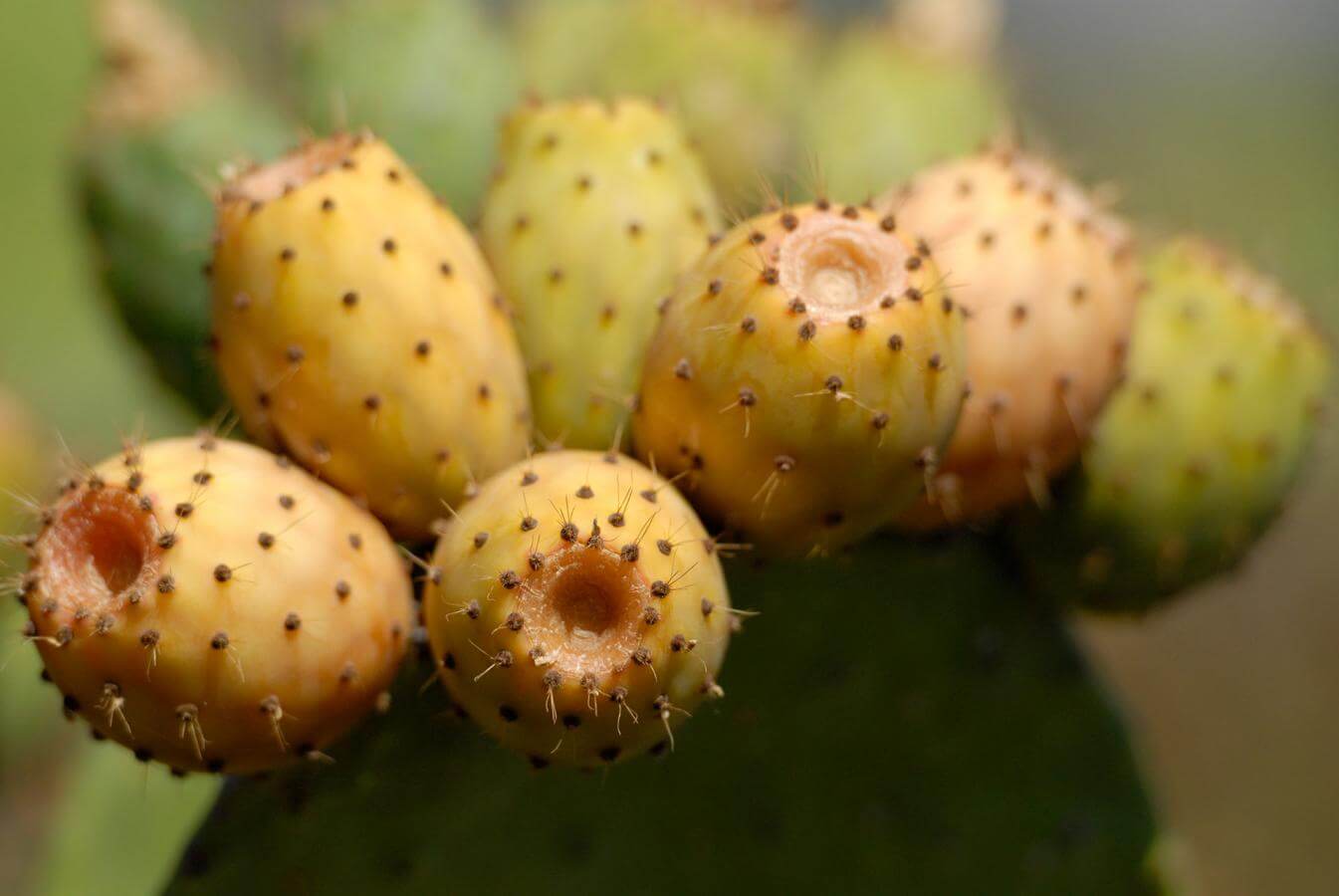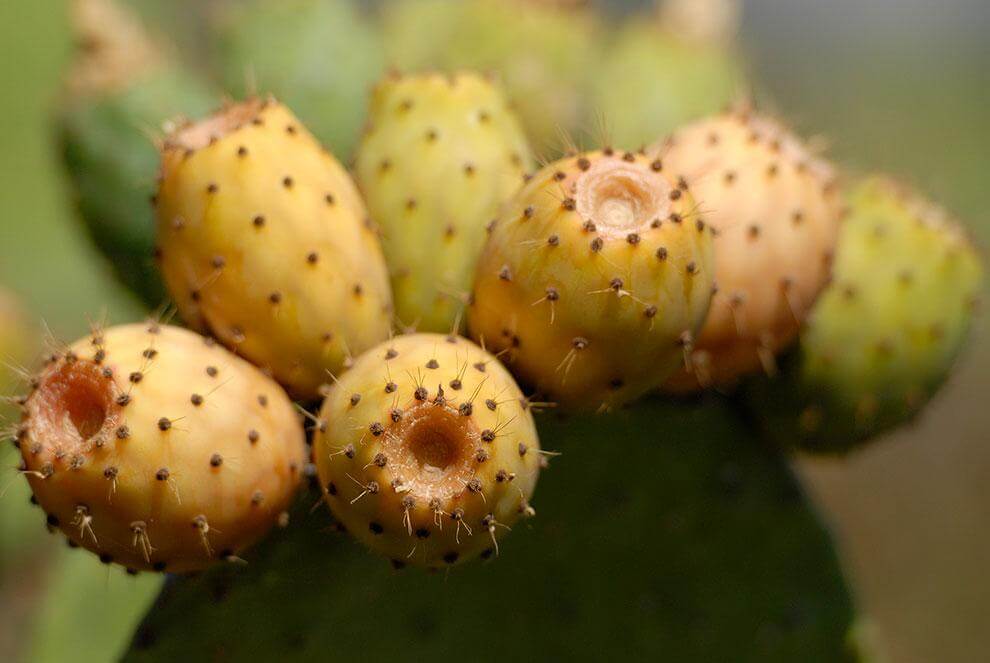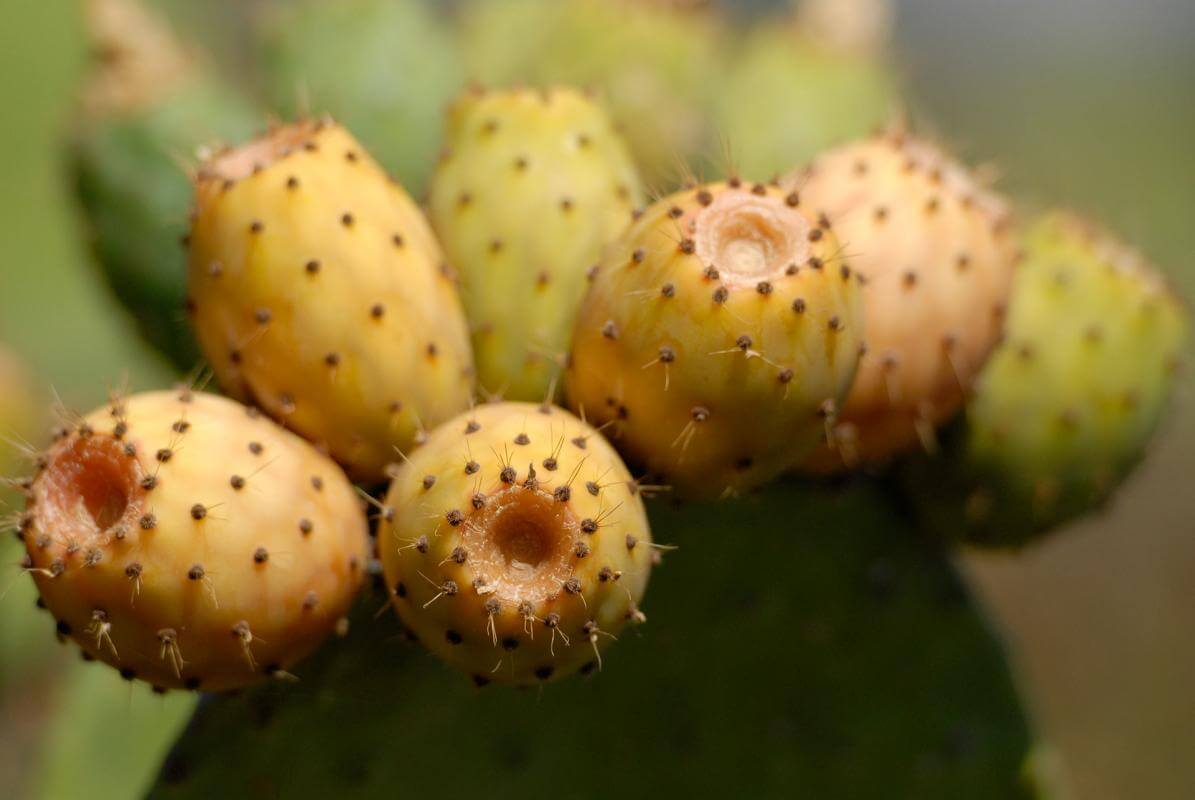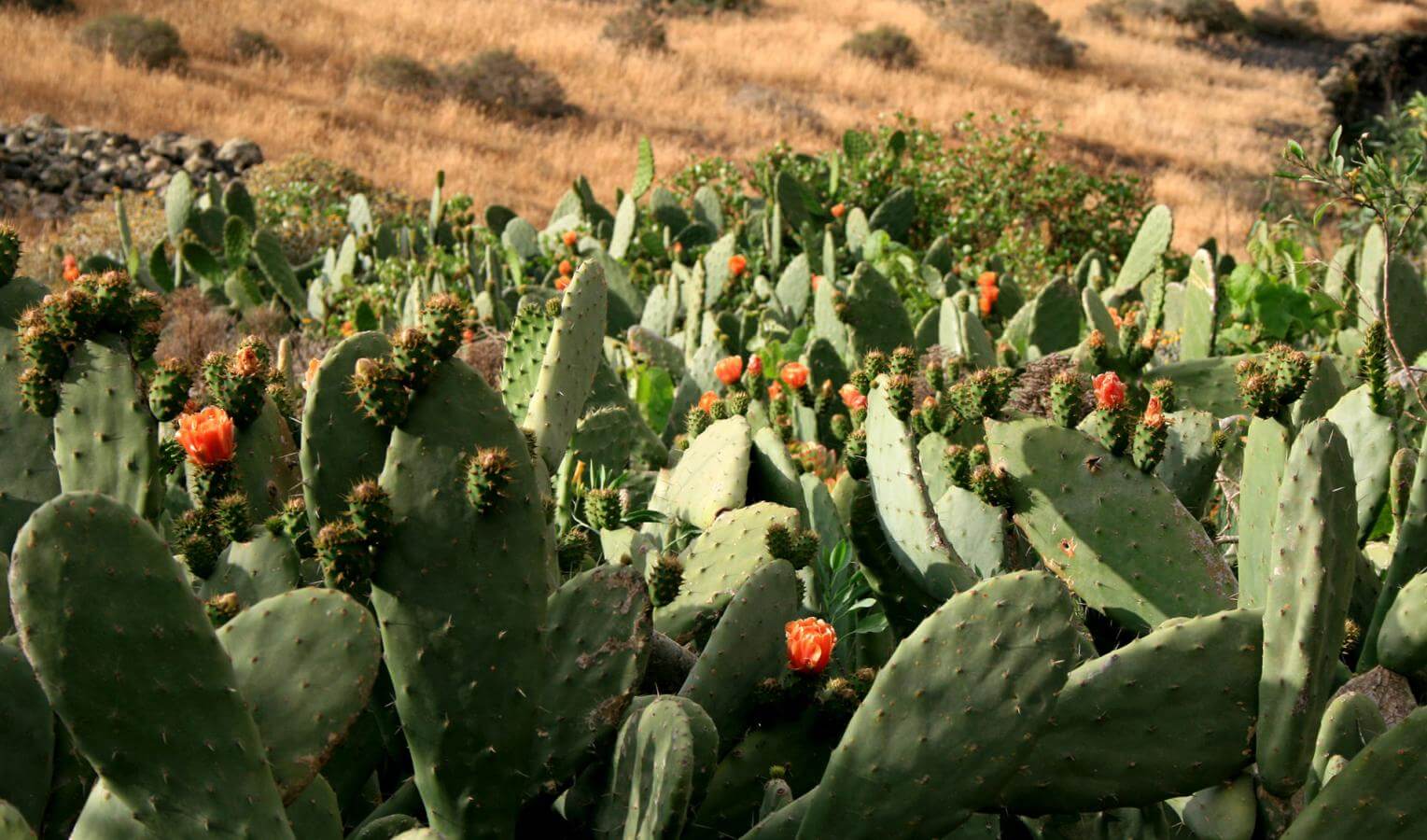
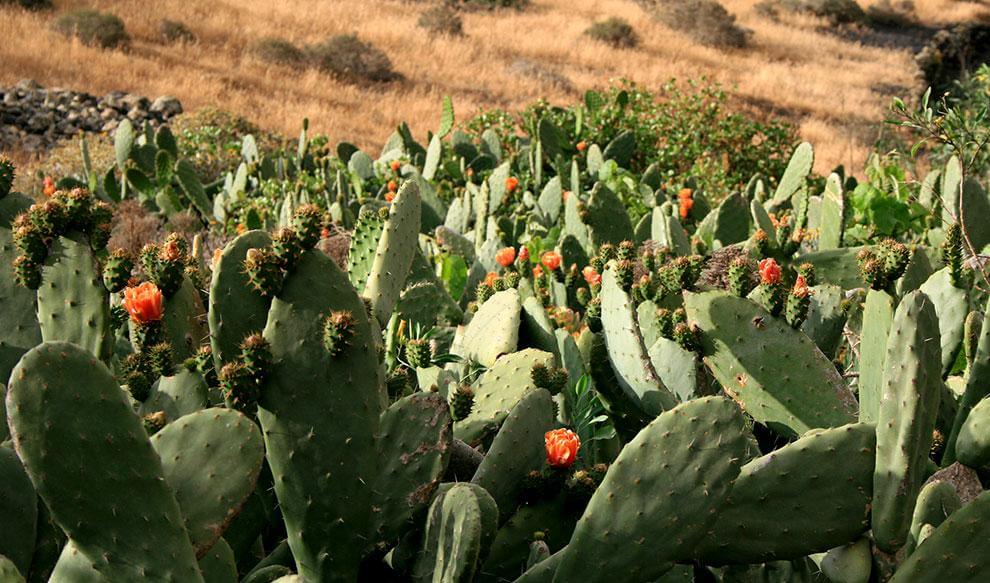
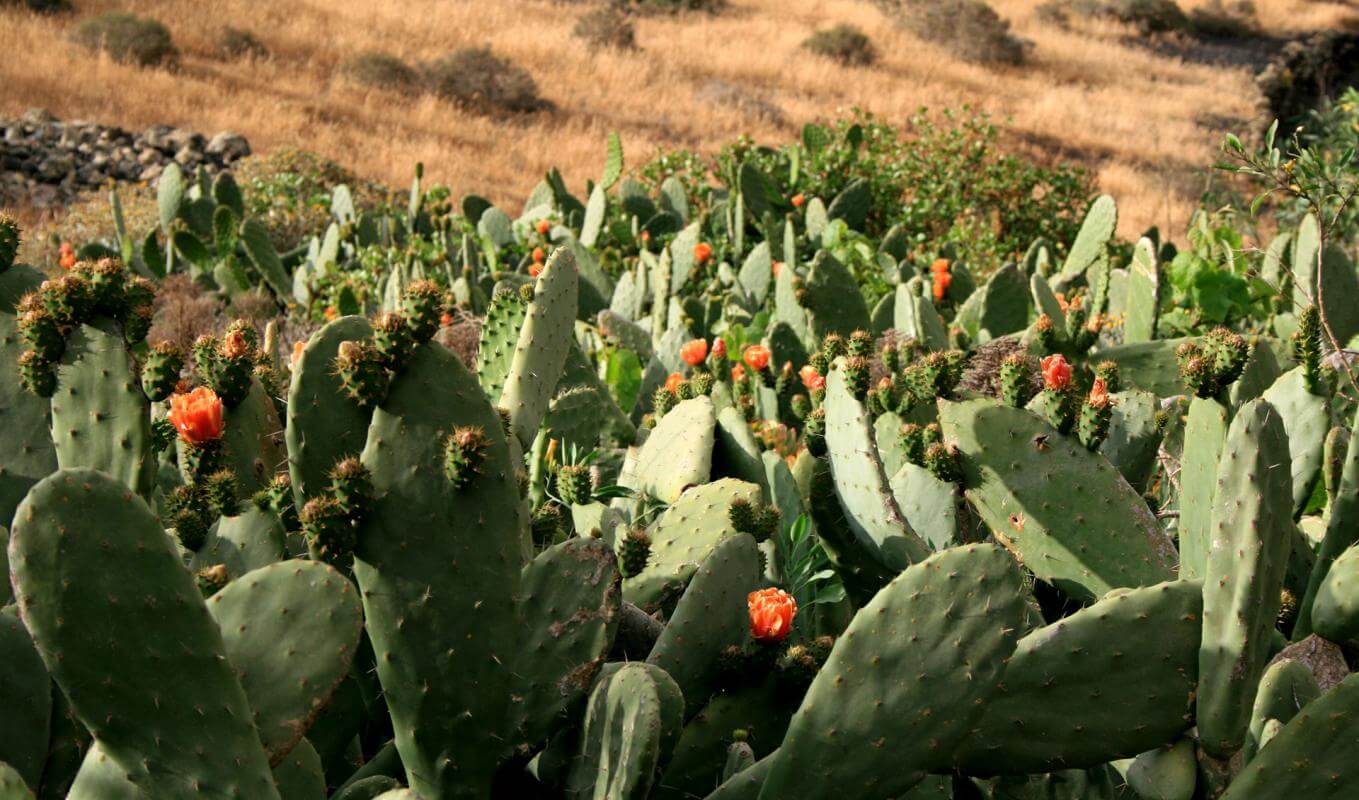
The prickly pear cactus: the food of the future
How food is produced affects the environment, and the environment affects how food is produced. The damaging working methods of the agricultural industry has been a key factor in climate change. As the frequency of damaging weather events multipliesthe integrity of the global food supply chain will be increasingly threatened.
The Food and Agriculture Organization of the United Nations aims to improve food security in arid areas. With this objective in mind the organisation produced a report entitled “It’s Time to put Cactus on the Menu.”
The report outlines how the cactus is one of the foods of the future:
“Although the majority of cacti aren’t edible, the opuntia species [or prickly pear cactus] has much to offer, especially if it’s treated as a crop instead of a wild plant. These cacti can provide a crucial supply of food for the population as well as animal fodder.Also, the cacti store water in their stalks and can provide up to 180 tones of water per hectare of cultivated land.”
The cultivation of cactuses such as the nopal, higuera de plata, tuna and chumbera varieties is increasingly popular in parts of the world that suffer from drought, infertile soils and rising temperatures. In Mexico – the country from which the nopal cactus originates – it is estimated that the annual per capita consumption of nopalitos (the flat stem pads of the cactus) is over six kilos. In Brazil meanwhile there are more than 500,000 hectares of cactus fields grown for fodder. As well in the Tigray area of Ethiopia there are around 360,000 hectares.
Today in the Canary Islands there are more than a dozen species of Opuntia cactus. María Gloria Lobo Rodrigo, Programme co-ordinator of the Canarian Institute of Agricultural Investigations is developing a project entitled “The Comprehensive study of the use of the opuntia species to obtain products and functional ingredients through the application of innovative technologies.”
The prickly pear cactus has a long history of cultivation in the Canary Islands. “There is evidence,” Rodrigo says, “of prickly pear cacti in the archipelago since the start of the 16th century when the Dominican monk Bartholemé de las Casas, a participant in an expedition to America in 1502, spotted a specimen in the Las Palmas convent garden. Many other specimens were introduced by conquistadors of America such as Hernán Cortes.”
“You can make use of every part of the prickly pear cactus plant. You can eat its fruit, use its shoots and stems as vegetables and even use its flowers for herbal tea. Today, the cacti that is most widely used commercially is the opuntia ficus-indica species. There are several types that can be found: white, orange, red, strawberry pink and purple,” Rodrigo says.
Rodrigo also believes that the consumption of cactus isn’t just a practice of the past. It is also a habit of the present and future.
“In the Canary Islands cacti are widely consumed,” she says. “This is particularly true in villages where farmers often use them as boundaries to separate land. Cacti are not only consumed as fresh fruit, they are also dried and turned into higos porretos,” says Rodrigo.
New Canarian chefs are starting to add cacti to some of their recipes. A recent trend has been for the cactus hamburger which in 2017 was mentioned specifically in an important culinary dossier assembled by Lanzarote’s council.
Unlike other food stuffs which can require arduous labour, one of the good things about the cactus as a food source is that it’s easy to cultivate.
“It’s a food that you grow without much water; it grows in poor soil and doesn’t require much work. Although in Spain it’s registered as an invasive species, in fact the cactus brings many benefits, and with the proper care cactus cultivation shouldn’t pose any threat to an eco-system,” says Rodrigo.
The prickly pear cactus has many beneficial properties. “It contains antioxidants with anticarcinogenic properties such as vitamin C, betalains, phenolic compounds, flavonoids, carotenoids and betacyanin. It also contains Vitamin B, magnesium, potassium and calcium and has a high fibre content. In terms of calories the cactus possesses between 30 and 50 calories per 100 g. In the Canary Islands, apart from the consumption of the fruit, the mucilage of the cactus pads and shoots is extracted to make sun cream and animal feed,” says Rodrigo.
Cactu have a suprising additional use. On the Canary Islands cacti are used as a breeding ground for the cochinilla canaria insect which is used to make colouring. Rodrigo explains again: “in the 19th century cultivation of the prickly pear cactus increased as demand rose for carmine acid obtained from insects. The natural dye that comes from the cochinilla canaria can be used in food as well as in the textile, cosmetic and pharmaceutical industries. In 2016 the cochinilla canaria was added to the European Union’s register of protected origins – a great sign of its unique quality.”
